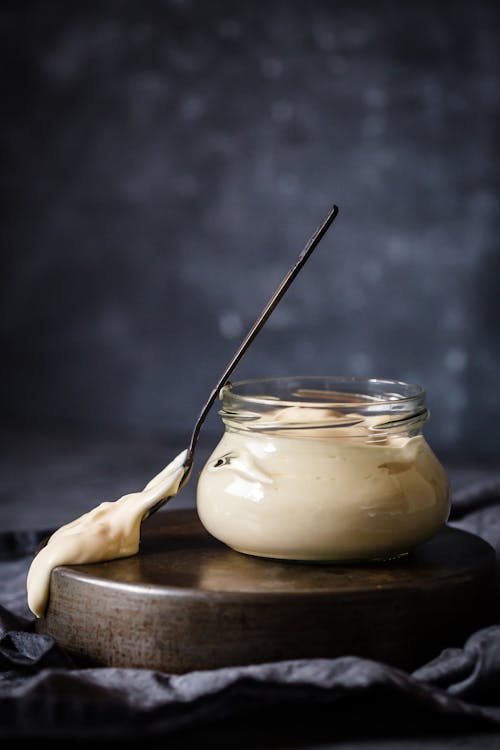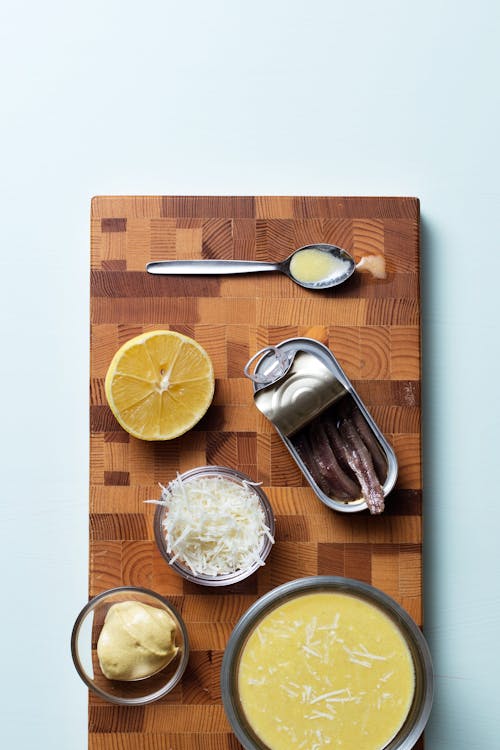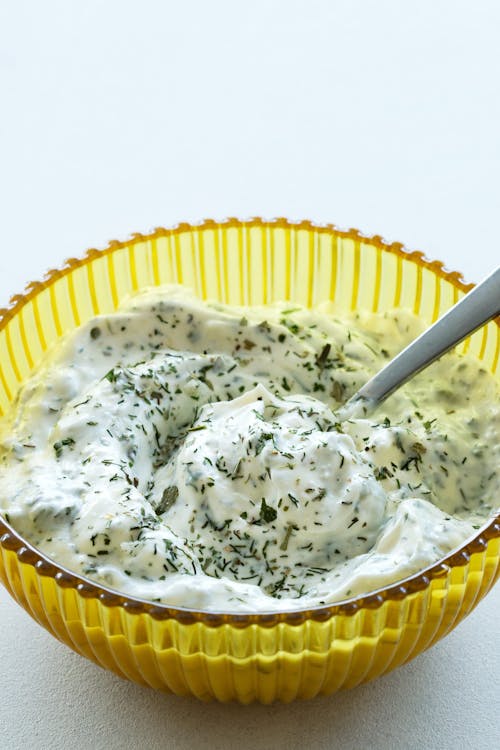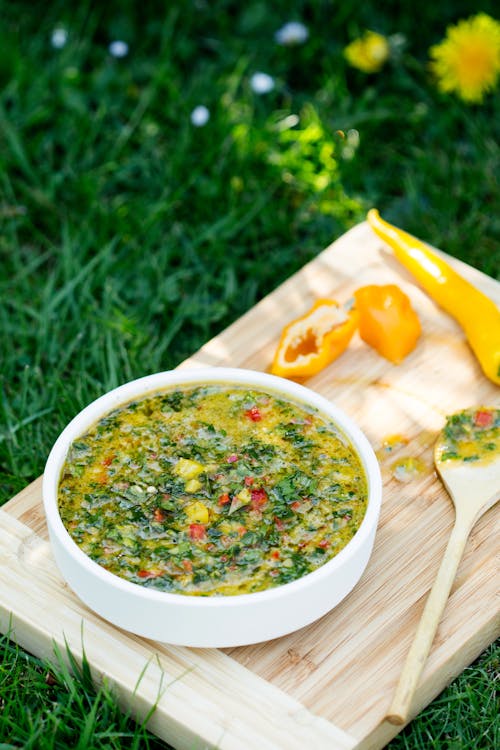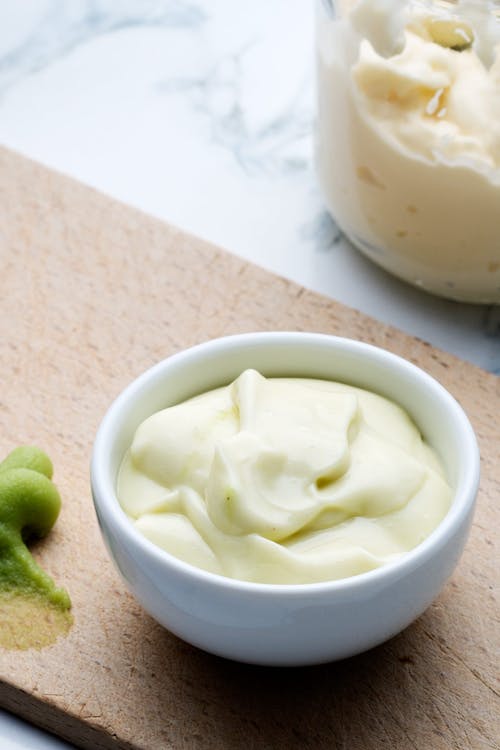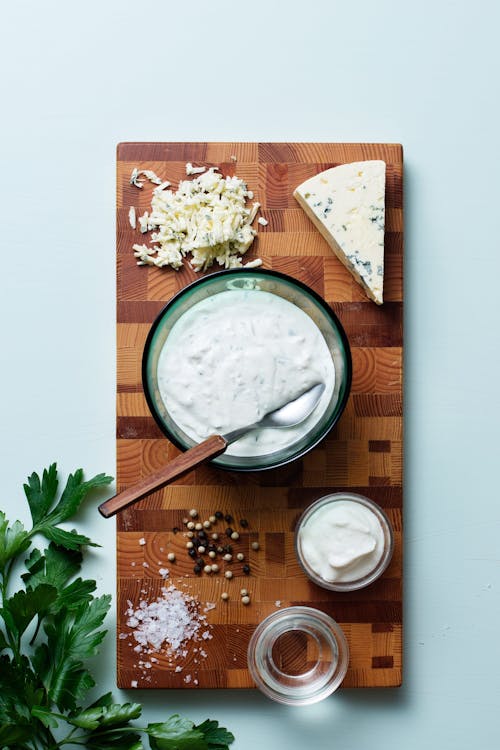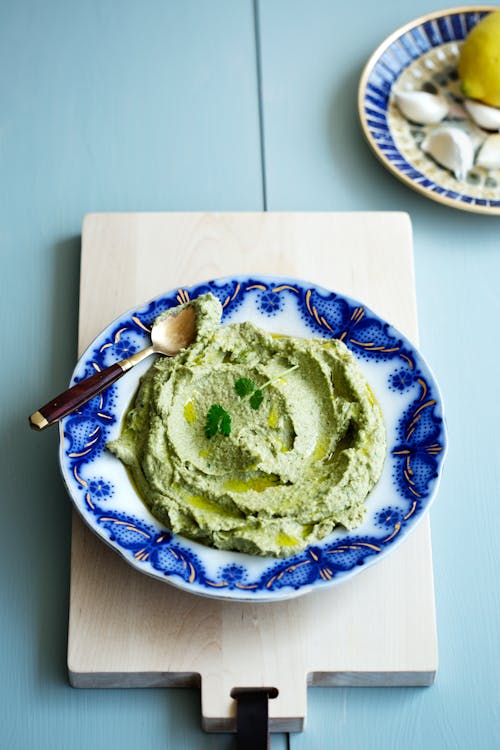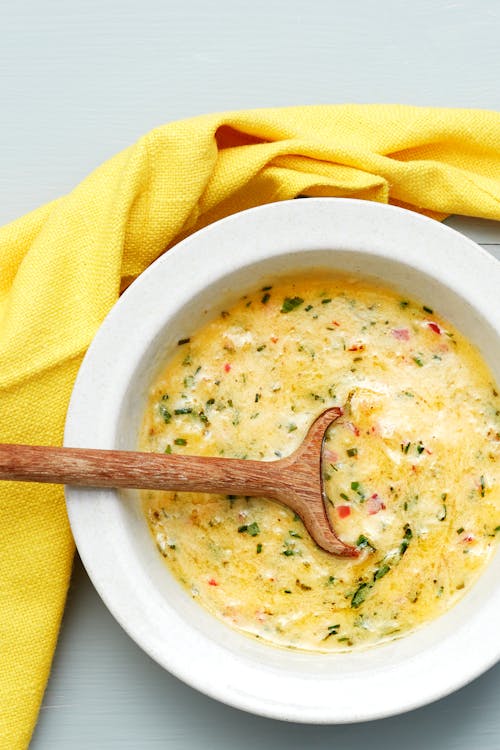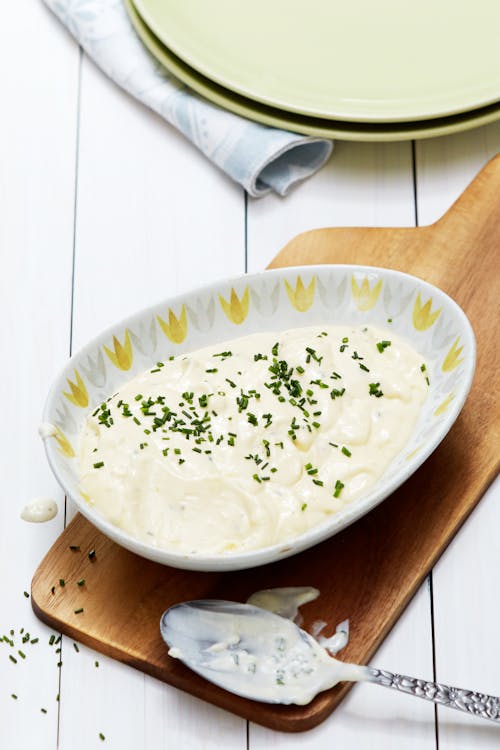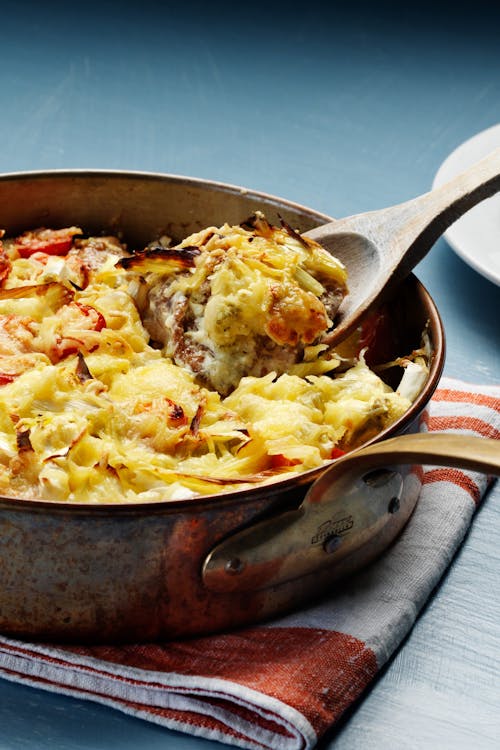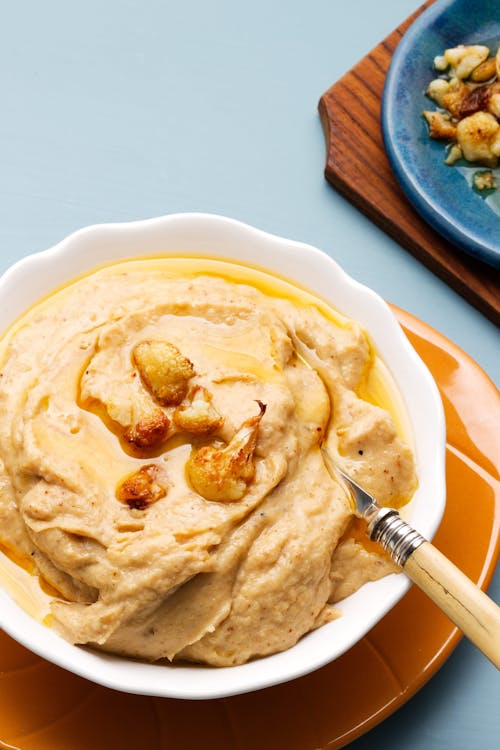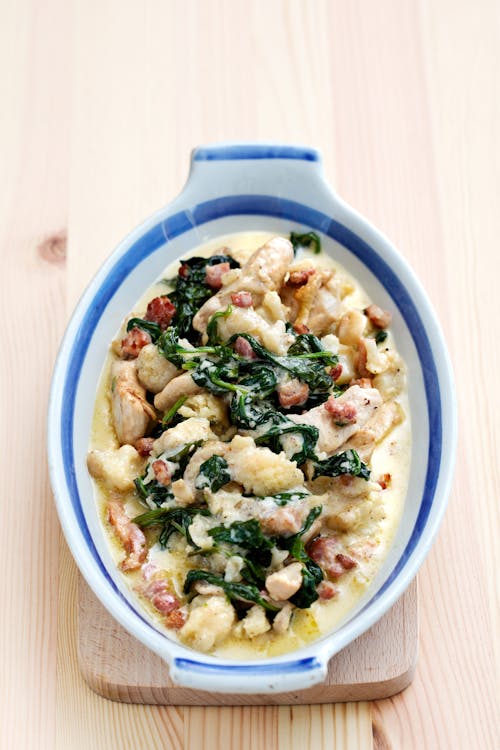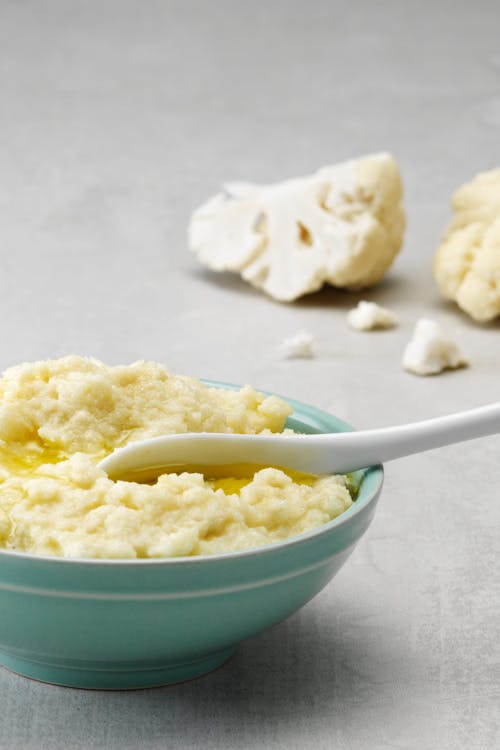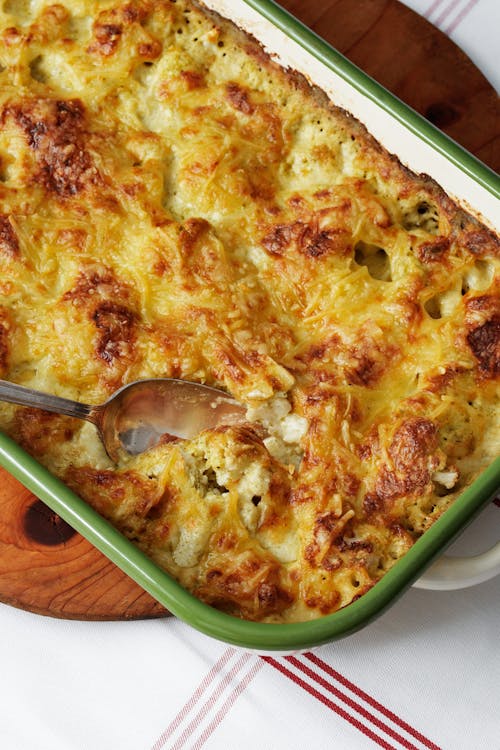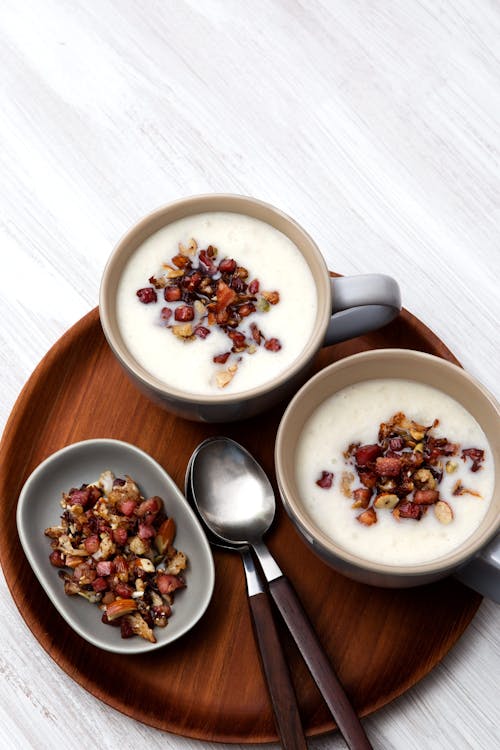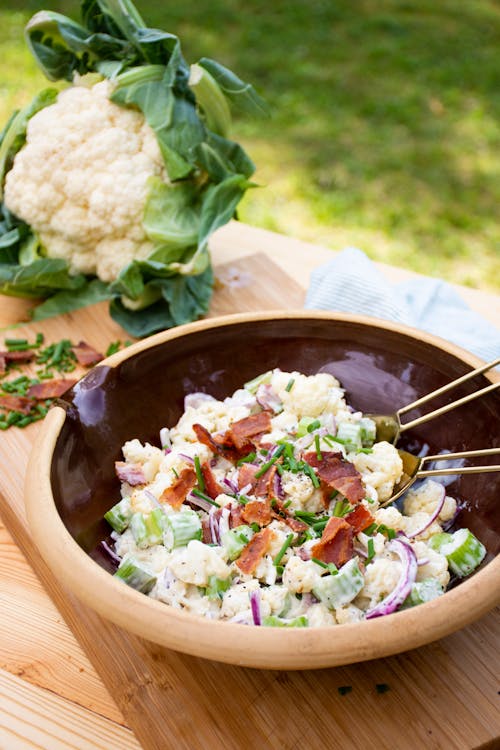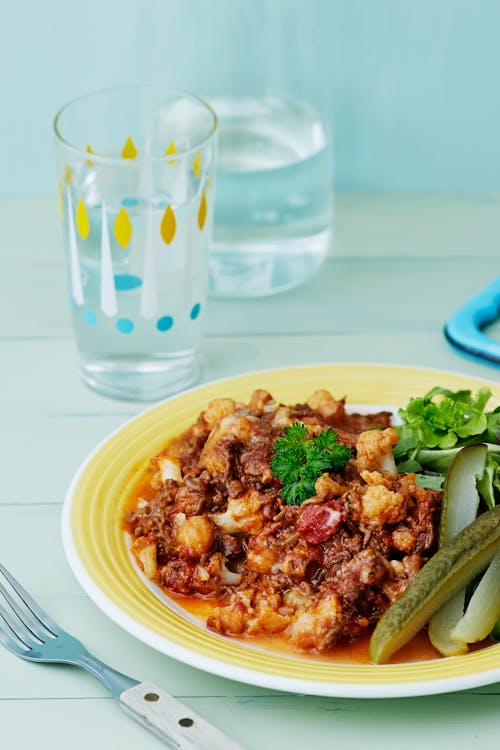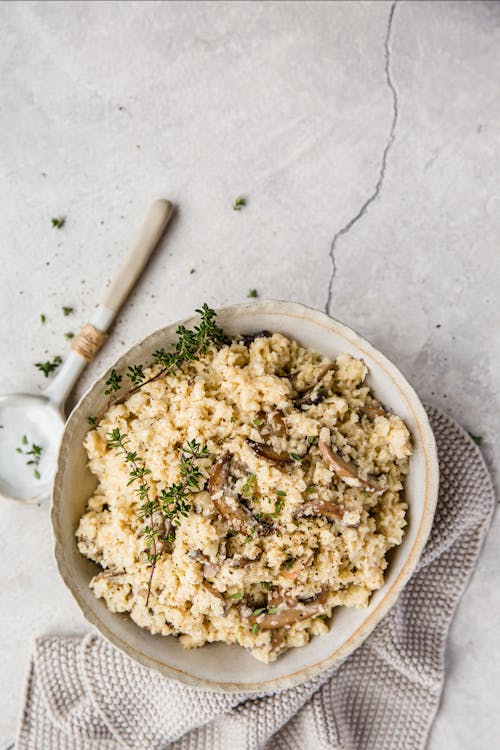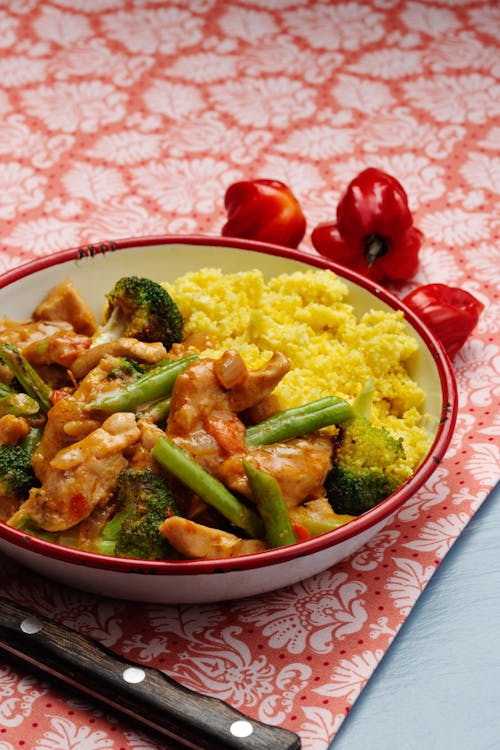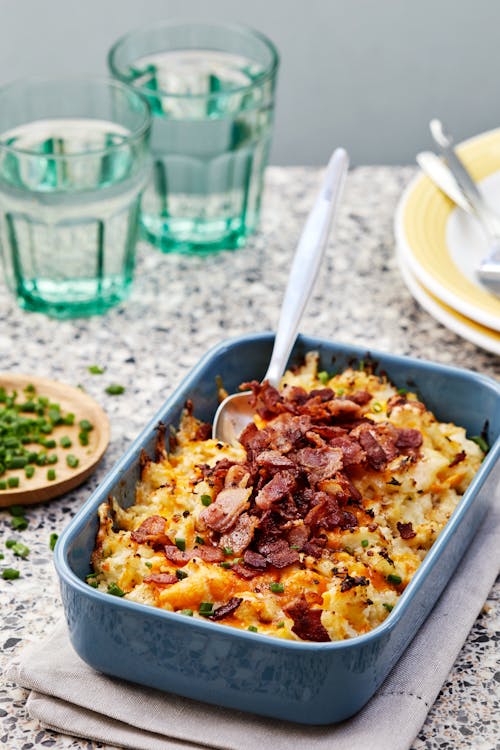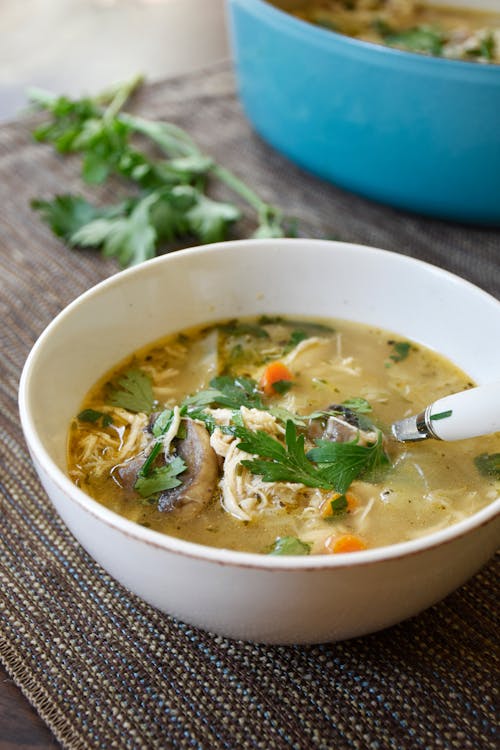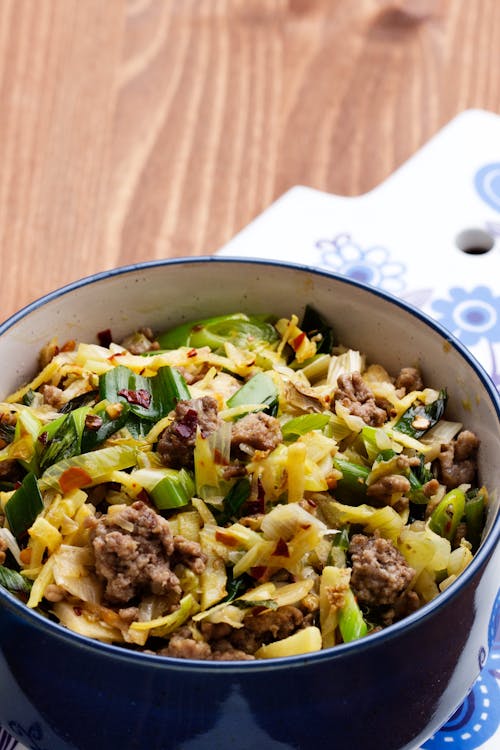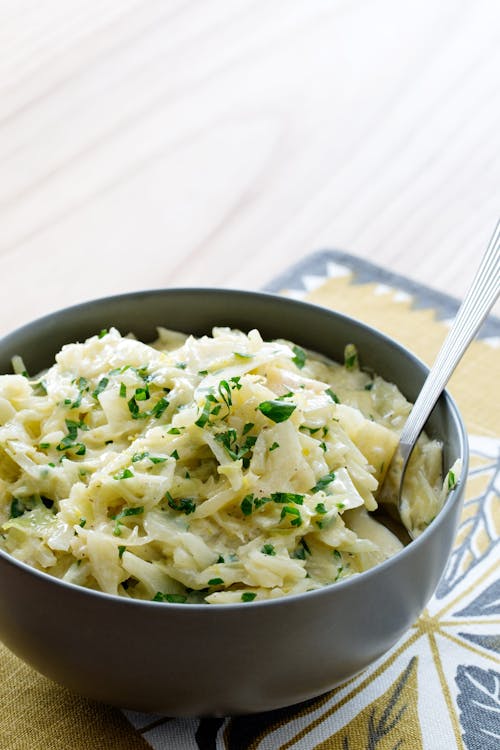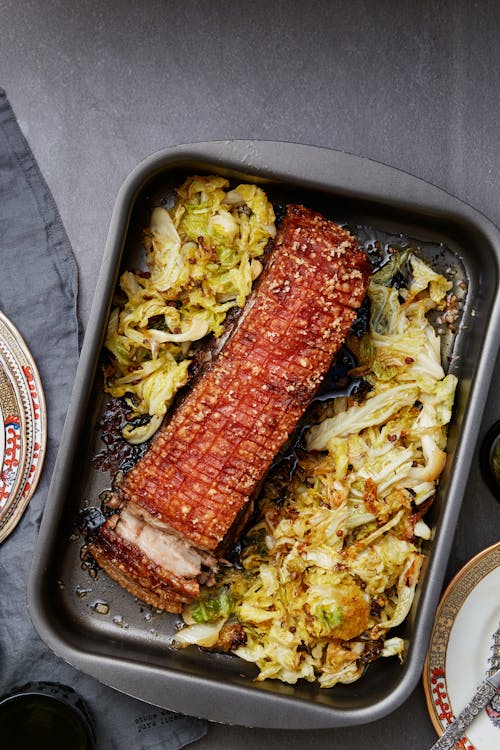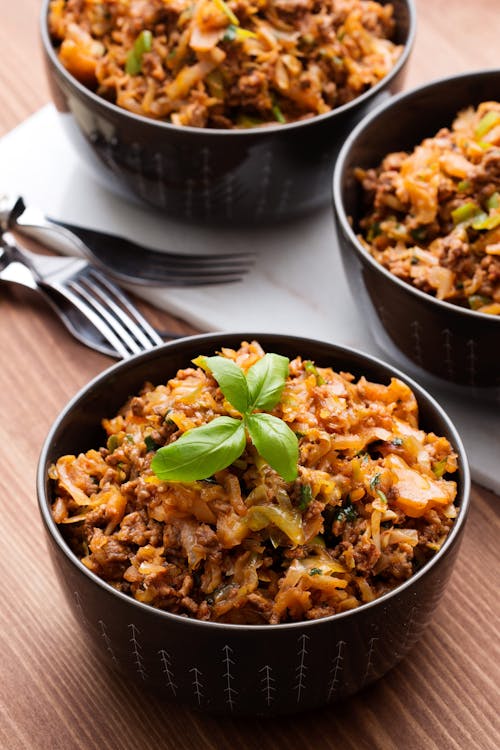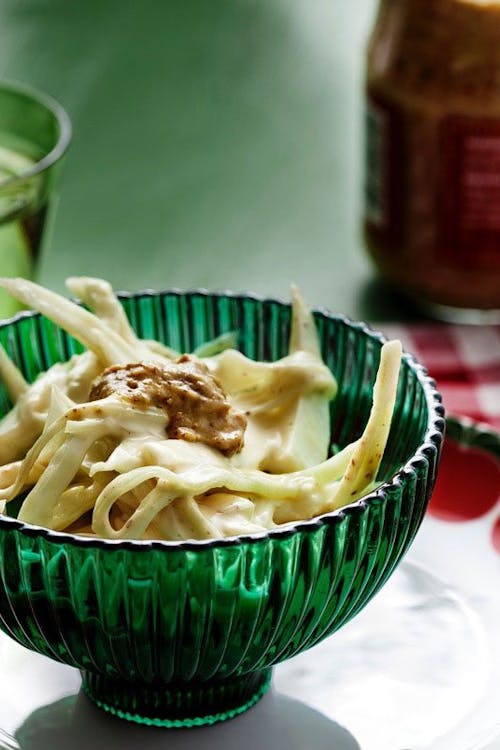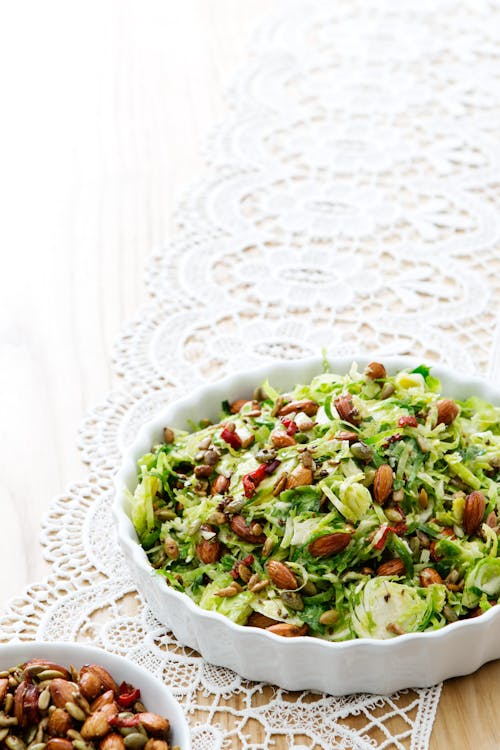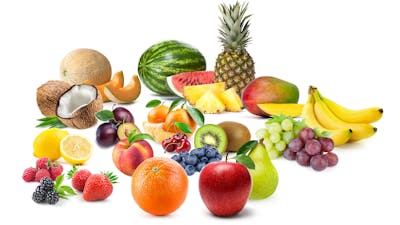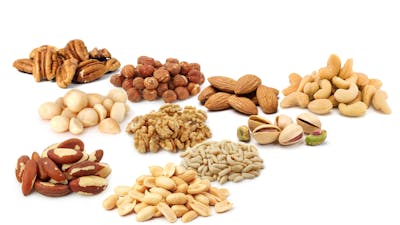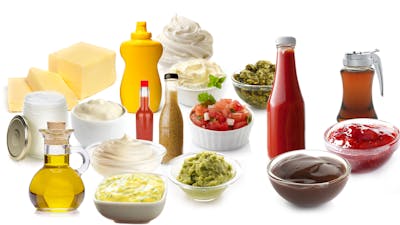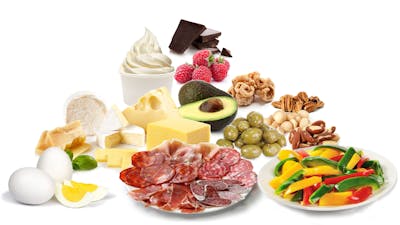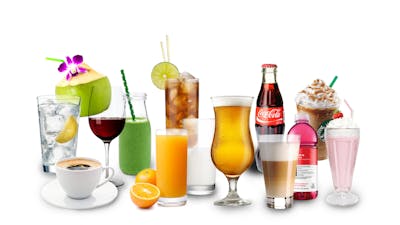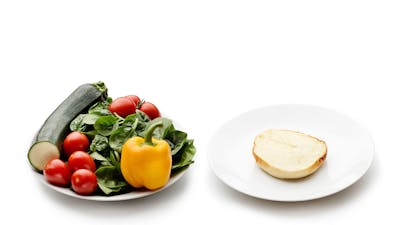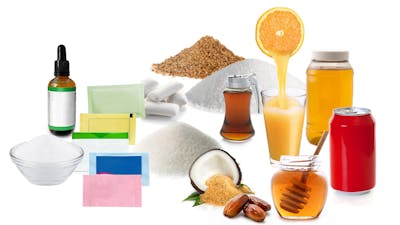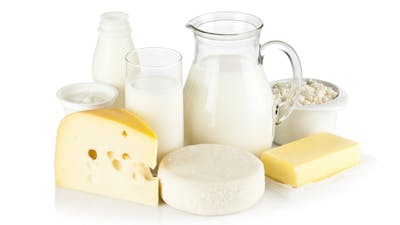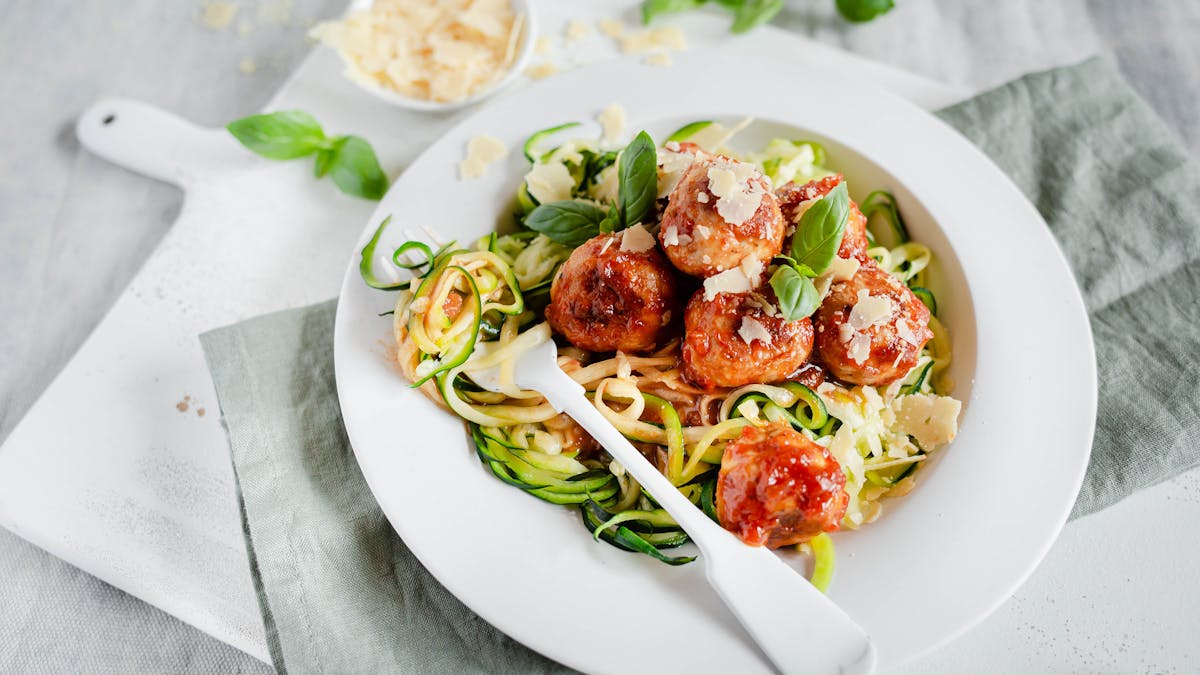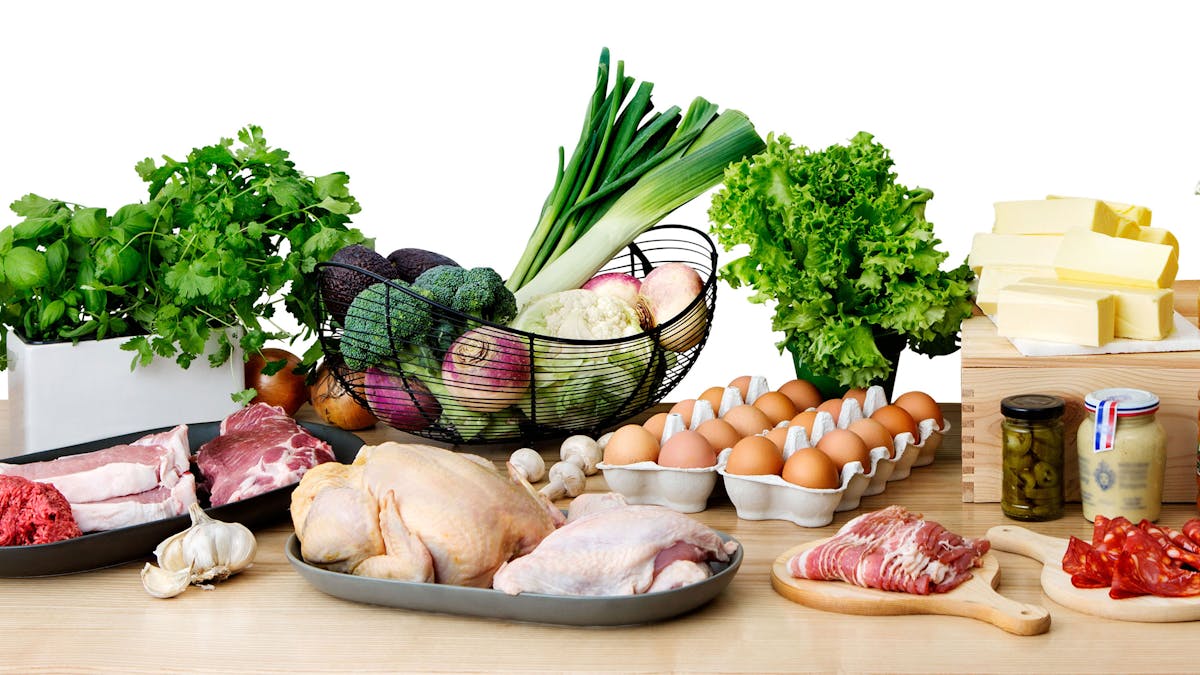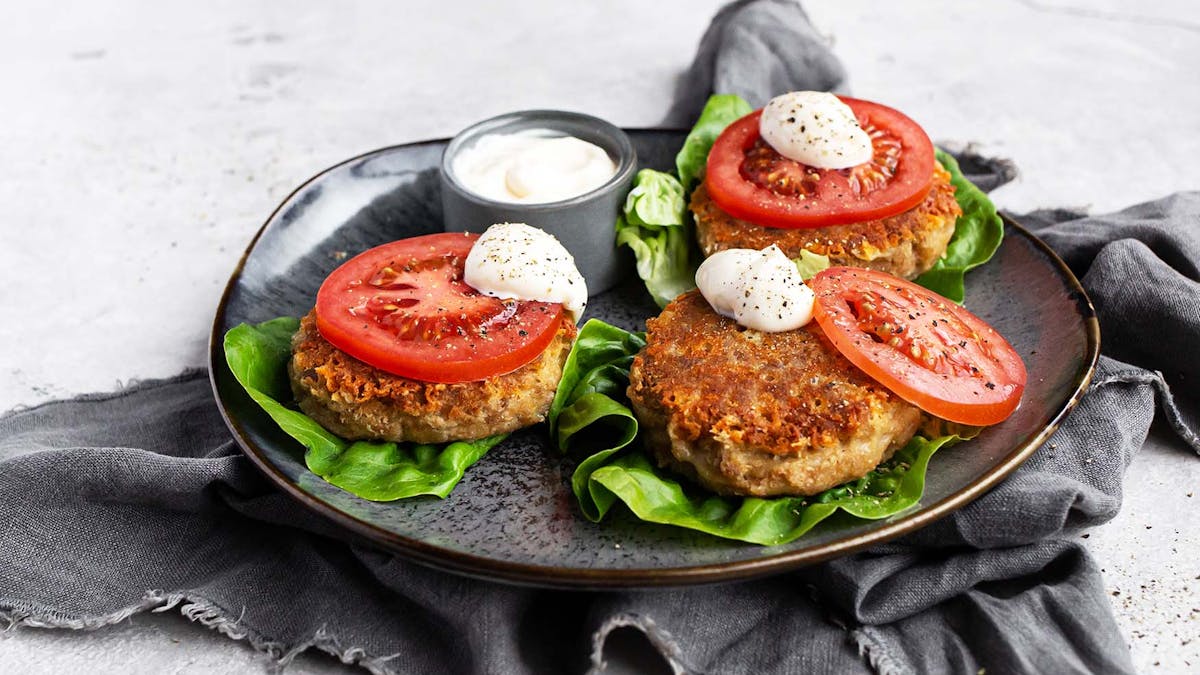Keto vegetables – the best and the worst
What vegetables can you have on a keto diet? There’s a simple rule:
- Above-ground vegetables are generally lower in carbs and are usually the best keto options.
- Below-ground vegetables — also known as root vegetables — contain more carbs and aren’t a great choice, especially potatoes and sweet potatoes.
Read on for more details, and when there are exceptions to this rule.
Above ground
Carb counts are provided as net carbs per 100-gram (3½-ounce) serving.
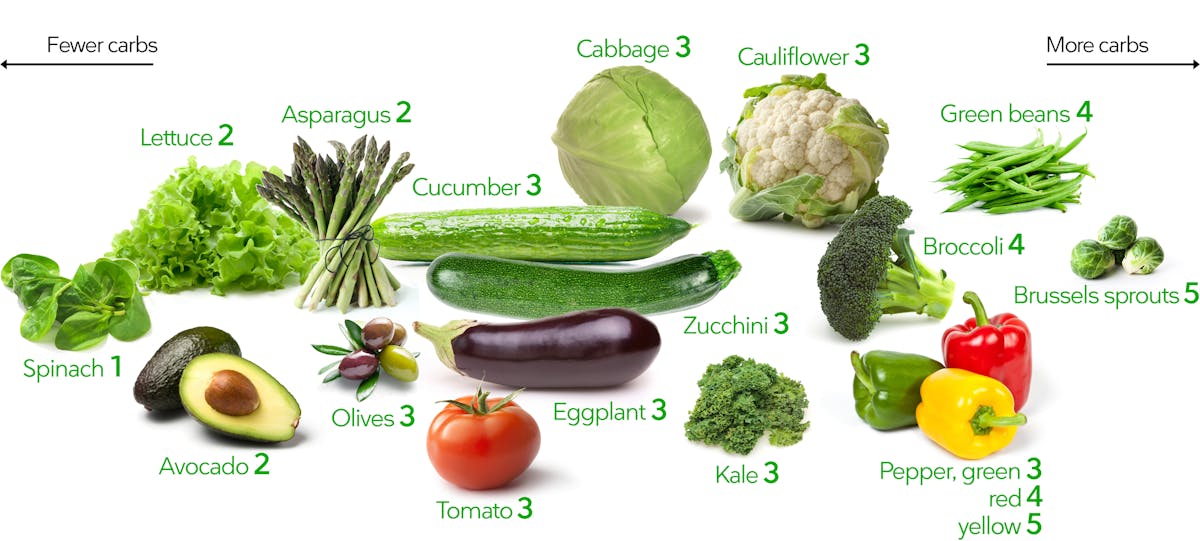
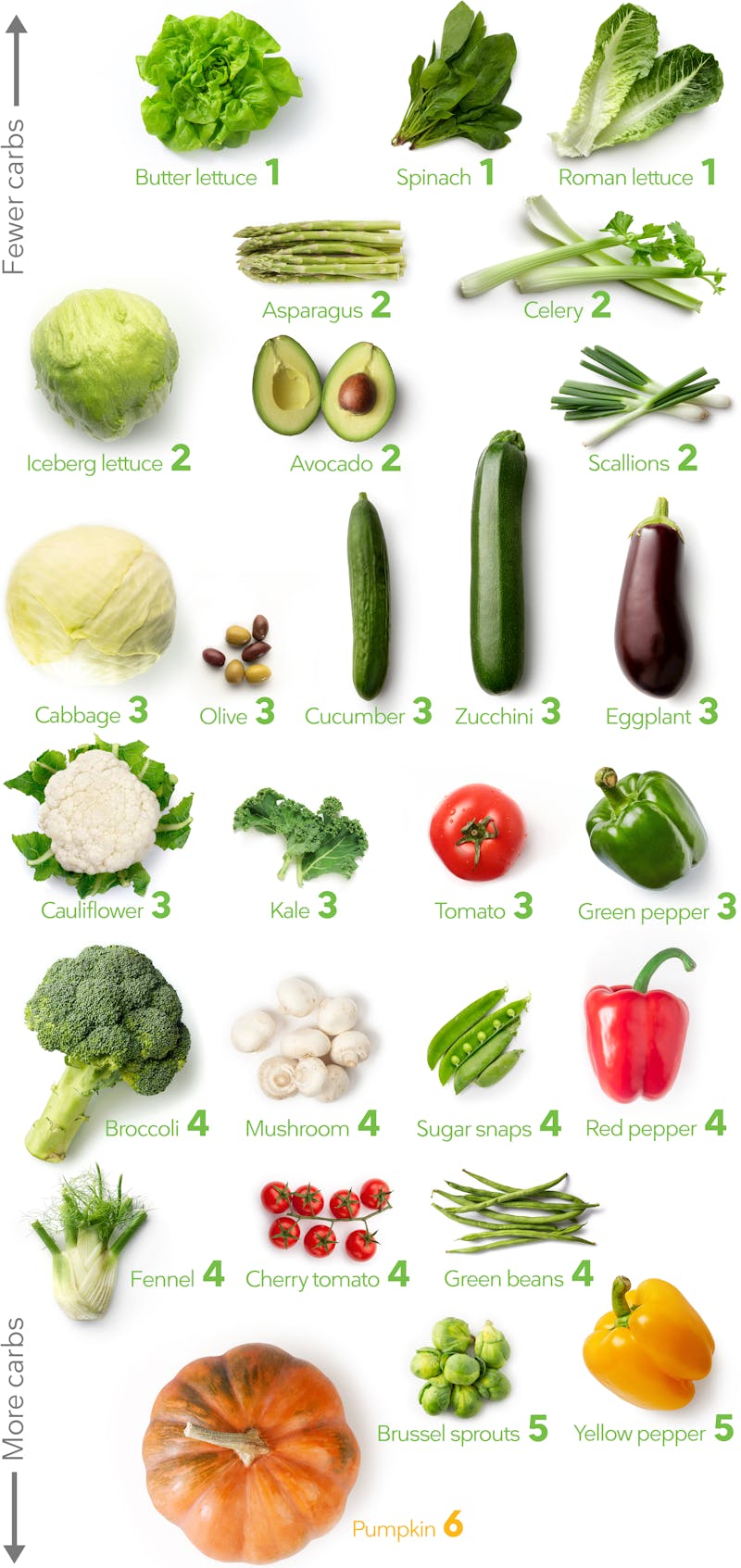




Below ground
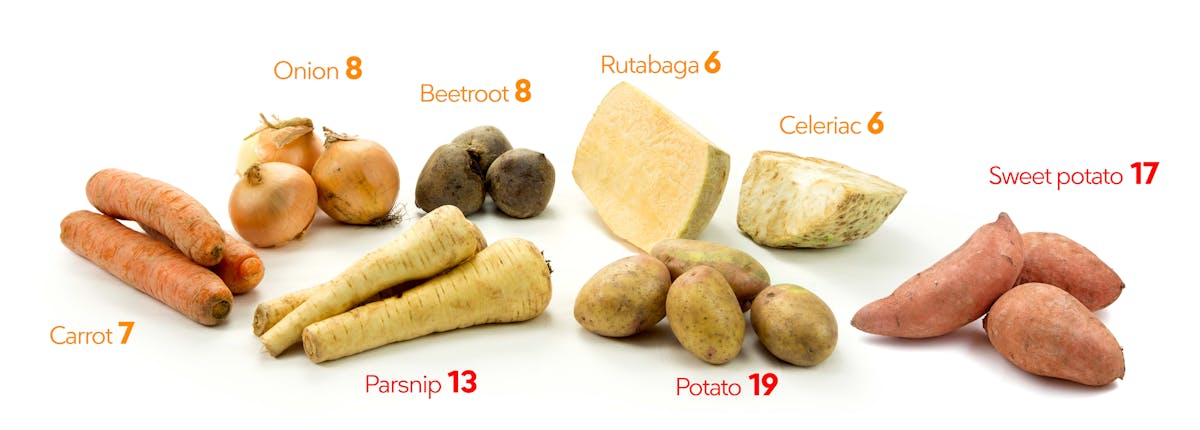






Note that while the below-ground vegetables range from 6 to 19 grams of net carbs per 100 grams, the above-ground vegetables are all under 5 grams of net carbs per 100 gram serving. Quite a difference!
A word about onions: while they grow below ground and are higher carb, they can be added to foods as a seasoning because you generally won’t eat too many at once.
Be careful of caramelized or sautéed onions, as these are easier to consume in larger amounts. Green onions, or scallions, can be used to top salads or other dishes in modest amounts.
Vegetables on keto
All foods are made up of macronutrients – carbs, protein, and fat. While meat and most dairy mainly provide protein or fat, vegetables contain mostly carbs.
On a strict ketogenic diet, with fewer than 5% of calories from carbs, it’s important to know which veggies are the lowest in carbs, particularly if your goal is to consume fewer than 20 grams of carbs per day.
Vegetables with less than 5 grams of net carbs may be eaten relatively freely. It’s hard to overeat spinach, zucchini, lettuce, cucumbers, cabbage, asparagus and kale on a keto diet. These are considered keto vegetables.
Be more careful with slightly higher-carb vegetables like bell peppers (especially red and yellow ones), brussels sprouts and green beans to stay under 20 grams of carbs a day. The carbs can add up. For instance, a medium-size pepper has 4-7 grams of carbs.
While tomatoes are technically a fruit, they can work on a keto diet. But again, their carbs are a bit higher. When combined with other foods, you may exceed 20 grams of net carbs a day if you consume too many tomatoes.
If you are doing a more moderate or liberal low carb diet that allows more than 20 grams of carbs a day, you can eat as many above-ground vegetables as you desire.
Other helpful guidelines
Here are two more general rules that can help you choose lower-carb and keto vegetables:
- In general, keto-friendly veggies are those with leaves — all types of lettuce, spinach and other greens are good ketogenic options.
- Green vegetables tend to be lower in carbs than veggies with a lot of color. For example, green cabbage is lower in carbs than purple cabbage. Green bell peppers are also somewhat lower in carbs than red or yellow peppers.
Vegetables and fat
You can use keto vegetables as a vehicle for fat by seasoning cooked vegetables with butter. Better yet, sauté or roast them in lard, coconut oil, avocado oil, or ghee.
Another excellent way to add fat to vegetables is by dipping them in salad dressings or other dipping sauces, or simply adding olive oil to your salad.
If you want to lose weight, try not to go overboard with fat. For best results, you may want to let your body burn excess body fat instead of extra added dietary fat. In this case, just eat enough fat to prevent hunger.
Learn more in our guides on how much fat you should eat, and our take on the best and worst fats and sauces
Top 10 keto vegetables
- Cauliflower – 3 g. Mild flavor and so versatile. Use it as base of staples like cauliflower rice and cauliflower mash. Have a look at our top 18 cauliflower recipes
- Avocado – 2 g. Technically a fruit, but loaded with nutrients and healthy fat. Great sliced, mashed as guacamole, or even baked. Here are some great avocado recipes
- Broccoli – 4 g. Swap it for pasta, rice or potatoes. It can be steamed, fried in butter, drizzled in cheese sauce, roasted with bacon, baked au gratin and more. Check out these recipes
- Cabbage – 3 g. Delicious when sautéed in butter or used in our popular Asian cabbage stir fry. See more of our top cabbage recipes
- Zucchini – 3 g. Miss potatoes? Try our zucchini fries or zucchini chips. Zucchini can also be spiralized to make keto pasta, like in this keto carbonara. More recipes
- Spinach – 1 g. Extremely low in carbs, it can be used raw in salads, baked into chips, sautéed, or creamed. Check out our popular keto frittata with fresh spinach or many other spinach recipes
- Asparagus – 2 g. Filling, highly nutritious, and very low carb, asparagus was made for a high-fat sauce such as hollandaise or béarnaise. Top recipes
- Kale – 3 g. Although slightly higher carb than spinach, kale is a flavorful veggie. Enjoy it raw in salads, bake into chips, sauté in lard, or use as a base instead of pasta. Recipes
- Green beans – 4 g. Green beans can be roasted, steamed, or stewed, but may taste even better cooked in bacon fat or butter. Recipes
- Brussels sprouts – 5 g. Baby cabbages are excellent roasted until crispy or served in a creamy sauce. Recipes
Keto crudités
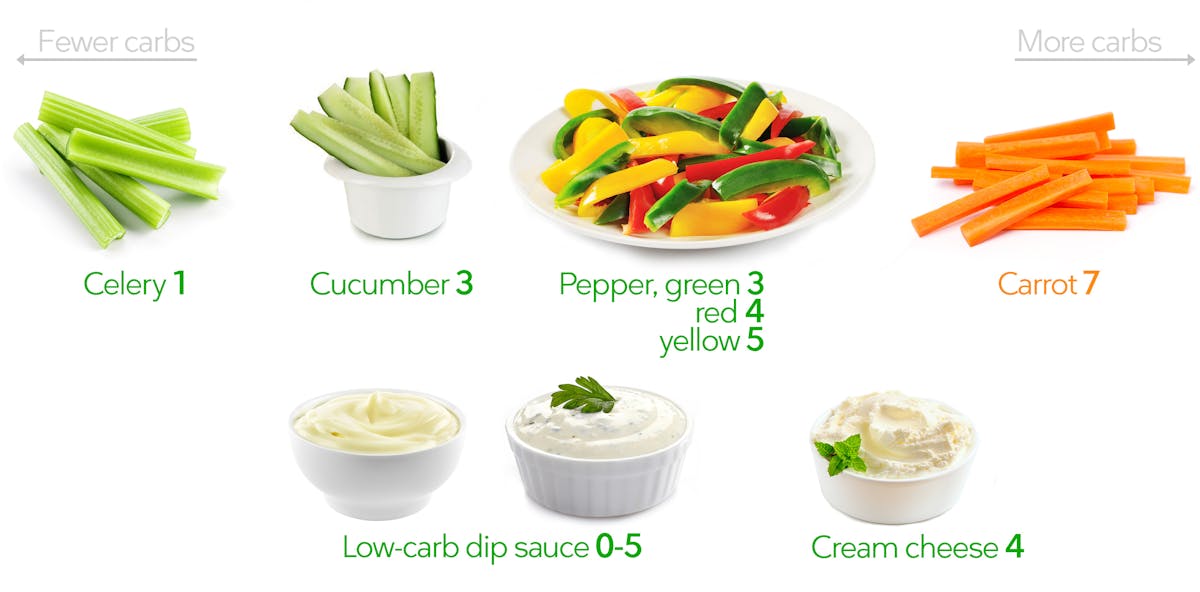


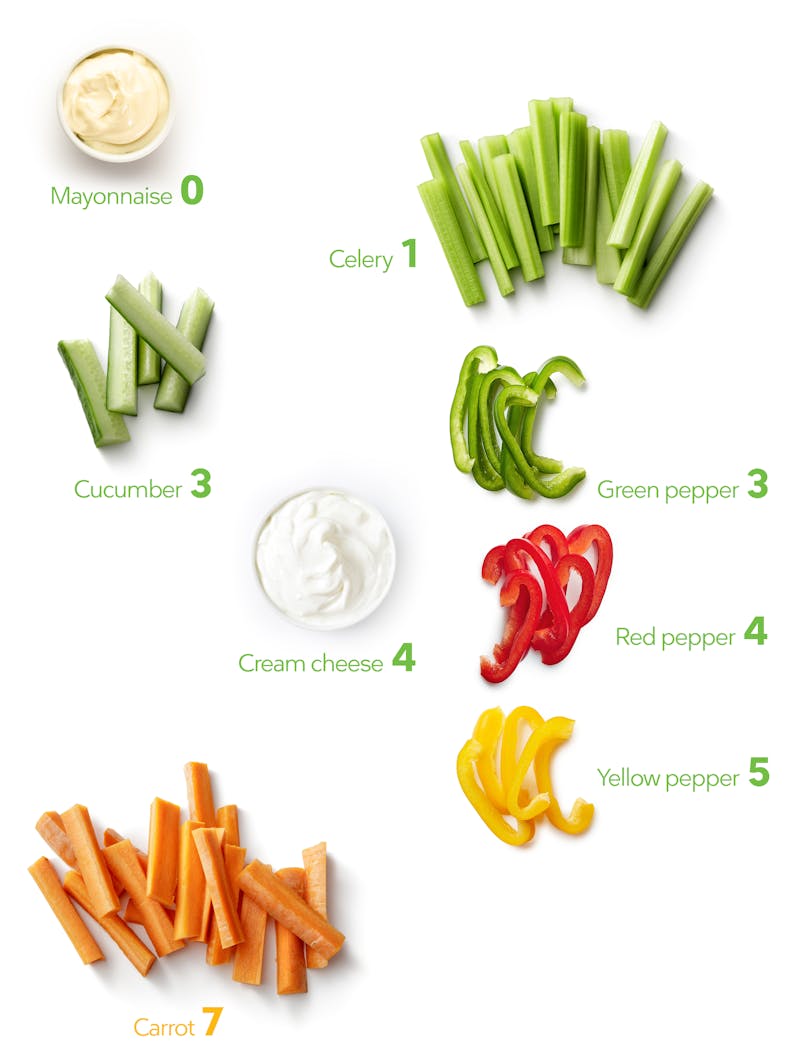



Veggie sticks, or crudités, with a high-fat dipping sauce are good keto choices for snacks and pre-dinner appetizers. Be careful with carrots, though — their carbs do add up.
Dip: Dipping keto vegetables in a savory dip, cream cheese, or herbed sour cream is a great way to eat higher fat, should you want to. Top recipes:
Legumes, corn and quinoa
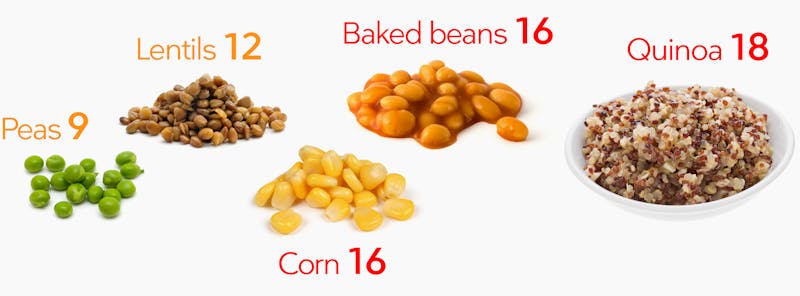



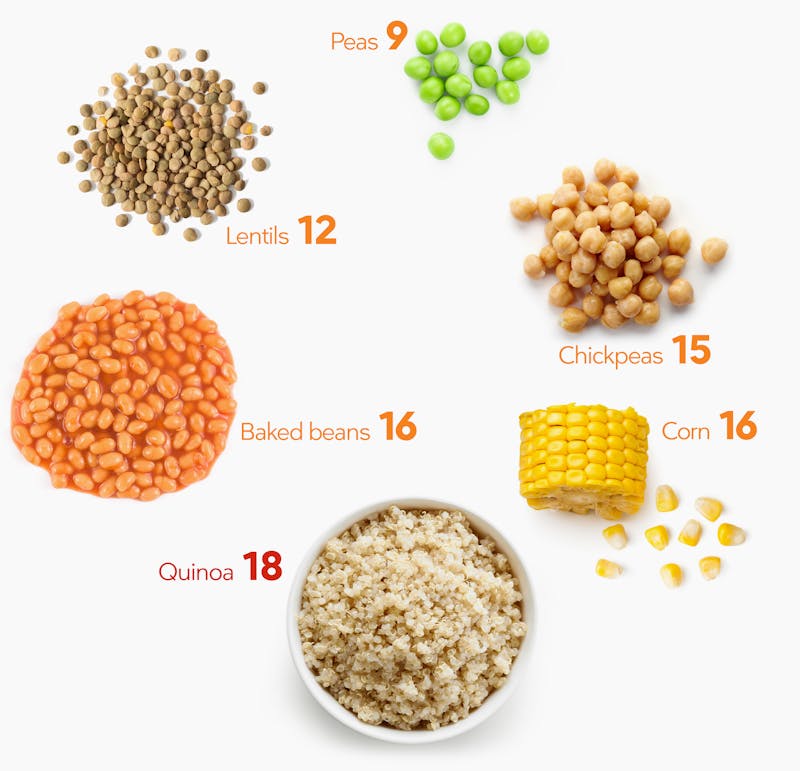



Although they all grow above ground, legumes like peas, beans and lentils are all fairly high in carbs, as are grains like corn and quinoa. So they aren’t good keto options.
Grains and sugar




Read more in our evidence-based guide on whole grains.
Most sugar comes from plants, too — either sugar cane, beets, or corn. These should not be eaten on keto. High-fructose corn syrup, which is added to sodas and many processed foods, might be even worse than regular sugar.
Like white table sugar, fructose is very high carb and not keto-friendly at all. The same goes for “natural” sugars like honey or maple syrup.
Learn more about keto sweeteners
Keto vegetable recipes
Top cauliflower recipes
Cauliflower may be the most popular keto vegetable of all. Here are our top cauliflower recipes:
Top cabbage recipes
Cabbage is another very versatile keto vegetable. Here are our top cabbage recipes:
